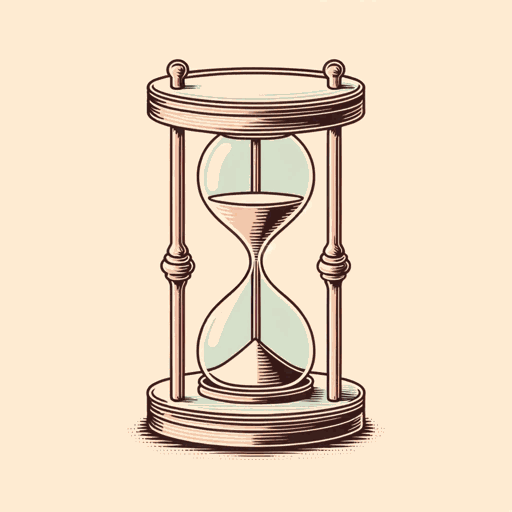57 pages • 1 hour read
Martin HeideggerBeing And Time
Nonfiction | Book | Adult | Published in 1927A modern alternative to SparkNotes and CliffsNotes, SuperSummary offers high-quality Study Guides with detailed chapter summaries and analysis of major themes, characters, and more.
Division 2, Chapter 1
Division 2: “Dasein and Temporality”
Division 2, Chapter 1, Sections 45-48 Summary
Division 1 left unanswered the question of how we might escape the they and achieve authenticity. In this respect, Heidegger’s account was incomplete. This incompleteness is, first, ethical and existential. The reader may feel that, having explained at length how our lives are inauthentic, Heidegger has an obligation to show how some kind of authentic life is at least possible. Second, there is a methodological point. If his aim is to give a complete account of Dasein, and thereby Being, this must include an explanation of all its “sides.” Since possible authenticity is implied by the very concept of inauthenticity, for his account in Division 1 to make sense, he must furnish an account of authentic Dasein.
Heidegger begins by examining what authenticity would look like, arguing that at its most general, authenticity means “Being-a-whole” (277). In other words, being authentic involves grasping one’s being and life overall. This means not merely becoming aware of all the different elements of our being, but rather the realization of one’s self as a coherent totality, in which the disparate parts are unified.

